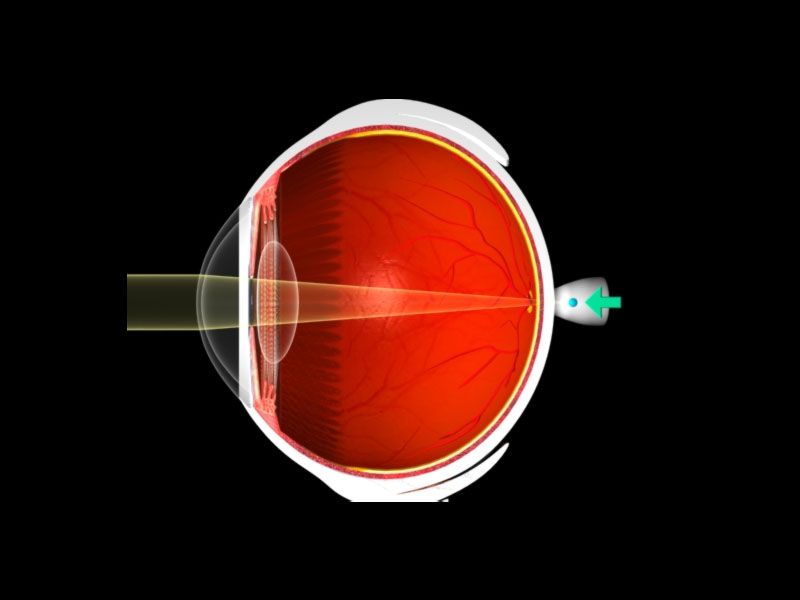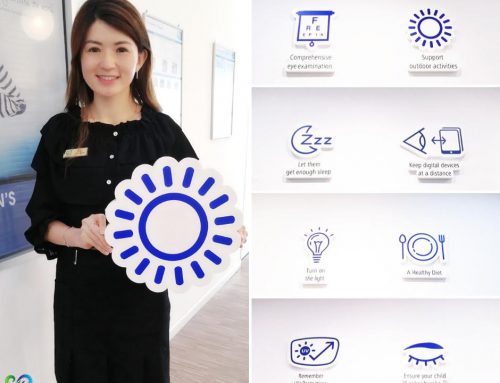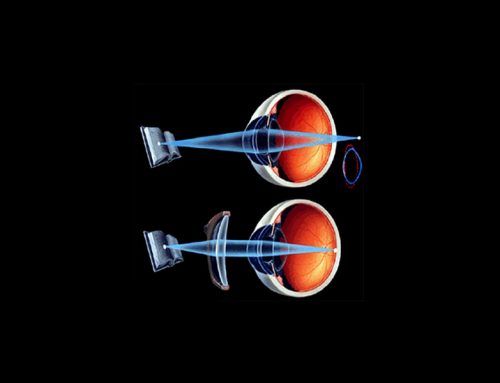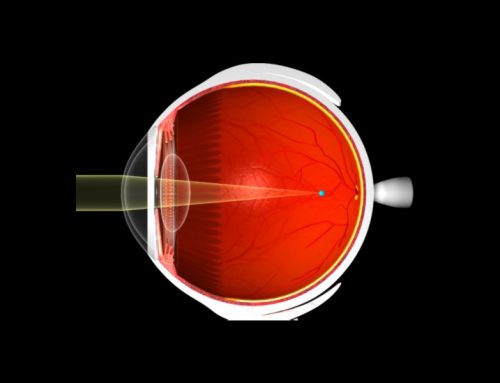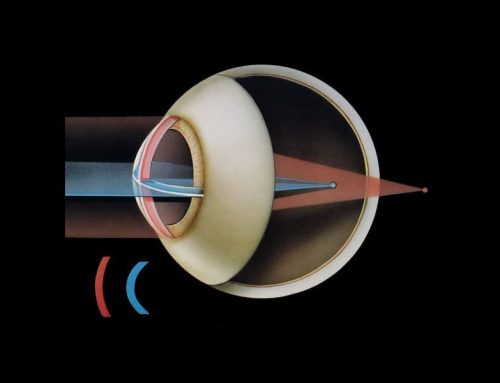Hyperopia (as known as farsightedness/ long sightedness) is a refractive error of the eye where light from a distant object focuses behind the retina.
Hyperopia is commonly related to a short eye and flat cornea.
A person with hyperopia is considered farsighted because they can generally see distance objects clearer than near. However, two people with the same degree of hyperopia may not see a far distant object the same, because of our accommodation (See diagram).
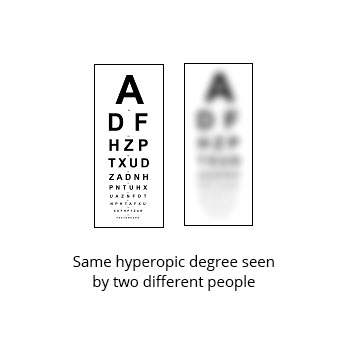
Normally, minor amounts of hyperopia are left uncorrected. However, people who are moderately or severely hyperopia may need to be corrected with convex lenses in eyeglasses or contact lenses. It may also be corrected by refractive surgery, such as LASIK.
People with a high degree of hyperopia may not experience blurred vision only, but may have other problems such as accommodative disorder, amblyopia (also known as lazy eye), and a squint.
Children who are severely hyperopia may have a higher risk for strabismus (crossed eyes) or amblyopia (lazy eye), therefore they should be examined and treated accordingly.
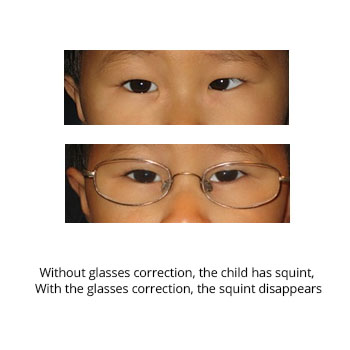
It is hard for a non medical technician to tell whether the person has hyperopia, even measuring hyperopia using machines is inaccurate.
However, hyperopia is often confused with presbyopia, another condition that frequently causes blurry near vision.
**Presbyopia is a condition of the eye where the ability to focus near objects diminish due to aging.
Though it is not uncommon for hyperopia to be associated with aging, getting older does not cause people to become hyperopic. Rather, the aging process hinders the eye’s focusing ability, which can sometimes make pre-existing hyperopia more evident.
Therefore, see a proper optometrist to seek advice on hyperopia.
Hyperopia (as known as farsightedness/ long sightedness) is a refractive error of the eye where light from a distant object focuses behind the retina.
Hyperopia is commonly related to a short eye and flat cornea.
A person with hyperopia is considered farsighted because they can generally see distance objects clearer than near. However, two people with the same degree of hyperopia may not see a far distant object the same, because of our accommodation (See diagram).
Normally, minor amounts of hyperopia are left uncorrected. However, people who are moderately or severely hyperopia may need to be corrected with convex lenses in eyeglasses or contact lenses. It may also be corrected by refractive surgery, such as LASIK.
People with a high degree of hyperopia may not experience blurred vision only, but may have other problems such as accommodative disorder, amblyopia (also known as lazy eye), and a squint.
Children who are severely hyperopia may have a higher risk for strabismus (crossed eyes) or amblyopia (lazy eye), therefore they should be examined and treated accordingly.
It is hard for a non medical technician to tell whether the person has hyperopia, even measuring hyperopia using machines is inaccurate.
However, hyperopia is often confused with presbyopia, another condition that frequently causes blurry near vision.
**Presbyopia is a condition of the eye where the ability to focus near objects diminish due to aging.
Though it is not uncommon for hyperopia to be associated with aging, getting older does not cause people to become hyperopic. Rather, the aging process hinders the eye’s focusing ability, which can sometimes make pre-existing hyperopia more evident.
Therefore, see a proper optometrist to seek advice on hyperopia.

